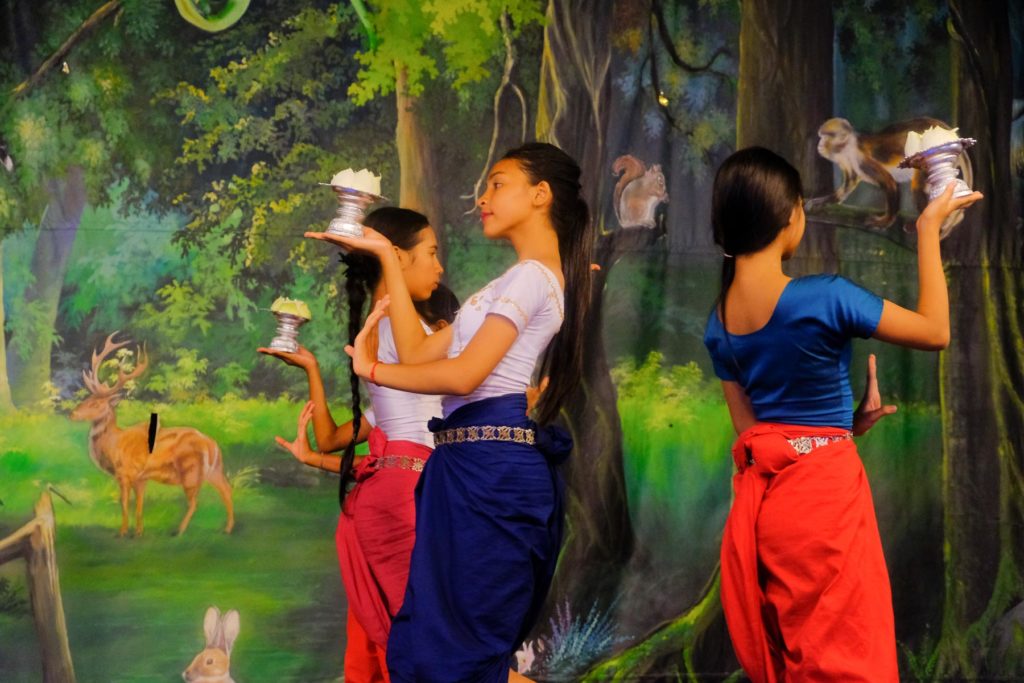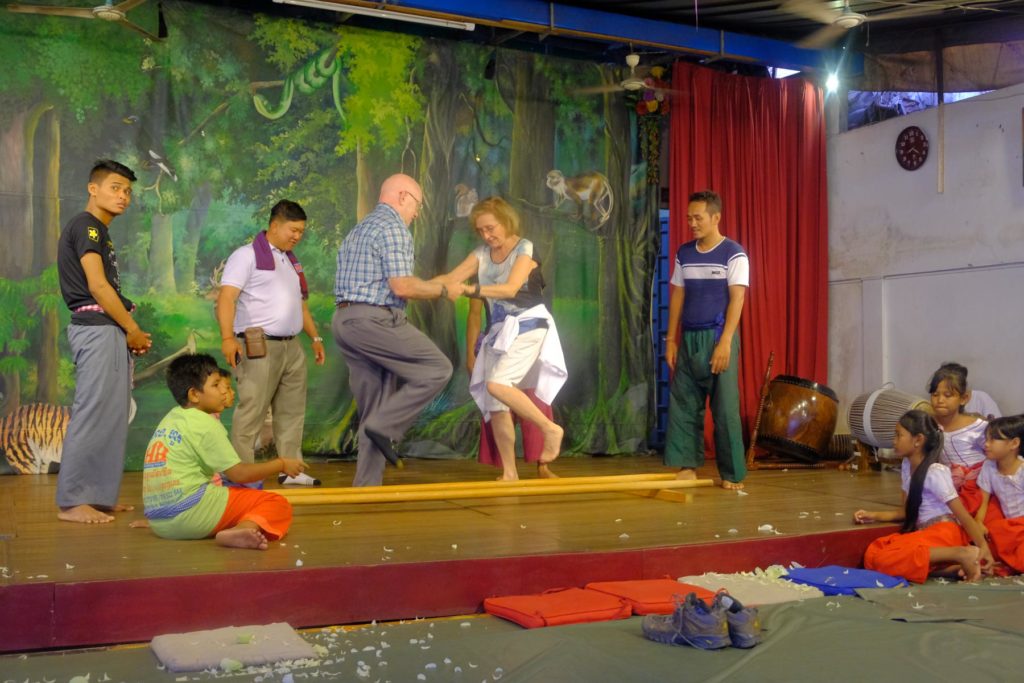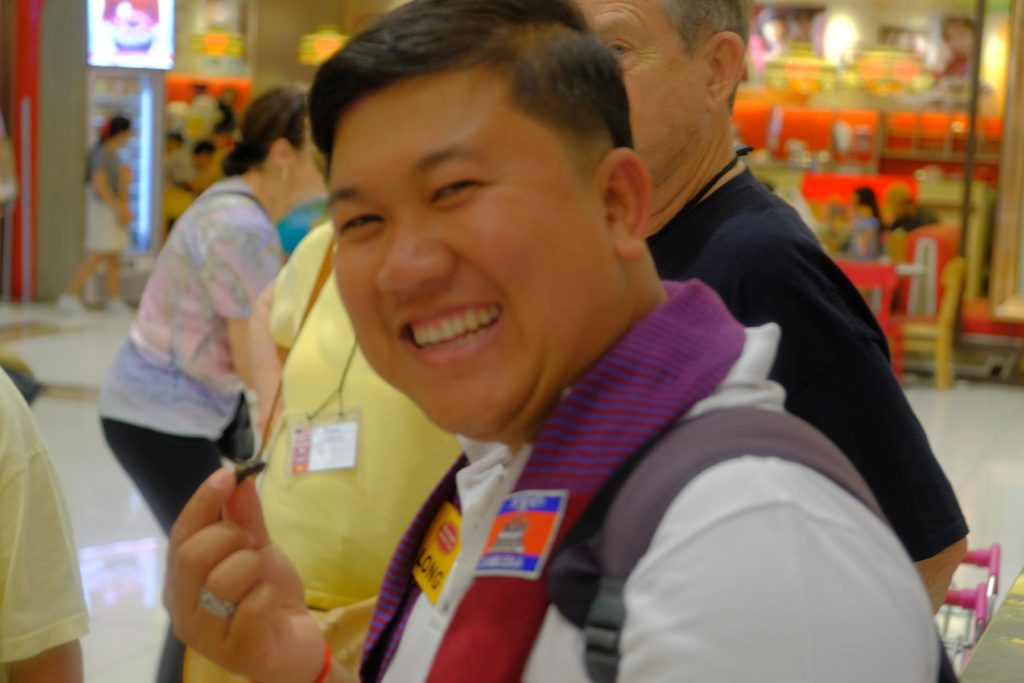I don’t see much wiggle room in Laos’ future:
The Communist government is in full control. Its plan to become the “Battery of Asia” is well under way. Will a few people get displaced and inconvenienced by the hydro projects? For sure. Will the government fulfill its promises to these people? Do governments ever fulfill their promises? Is funding available? No problem. Can one detect a groundswell of popular dissent that will derail the train? No.
And then there are the Chinese and behind them the Vietnamese and even the Thais. They’re pumping billions of $US into major construction projects that they say will turn Vientiane into the Paris of Southeast Asia (or at least the Mall of Laosota including a few Mystic Lakes). The Chinese are even giving Toui’s brother and sister university educations. Who’s going to derail that train.
As we left Toui at the airport I asked him, “What do you see for the future of Laos?” With 10 seconds to answer he said, “Oh boy, big question. I have no idea.”
It seems to me that the near-term the die is cast. But then again, who would have thought 40 years ago that we’d be flying Vietnam Air from Laos to Cambodia? Hang on tight Griffin, Esme, Carter and Reagan! (Darn, I miss those kids something terrible.)
So now we’re in the Royal Kingdom of Cambodia (yes, a real kingdom, one of fifty odd in the world). Here In Phnom Penh it’s yet a different world. I won’t get into the details tonight but in a country of 16 million people 60% are under the age of 30. Phnom Penh is a happening place – skyscrapers everywhere you look, one high rise condominium after another and huge hotels with no end. The money for all this? China, natch, but also Japan, Singapore and even some U.S. money but only for branded hotels and their self-contained restaurants.
Our first stop: the Champey Academy of the Arts. To quote its website:
Our mission at the CAA is to introduce Phnom Penh’s children to the wonders of their nation’s rich arts culture while helping them to experience the pride and self confidence which come from mastering difficult skills.
The kids (6 – teenager?) dance, play traditional musical instruments and create artwork. They put on a great show and of course had a bit of an audience participation opportunity.
Then from the bus we saw more of Phnom Penh and our local guide, Long, told us a little bit about the city and country but there is much more to come. He did say that Unexploded Ordinances (UXOs) are a big problem here. Another is Cambodia’s mortality rate is high: lack of medical professionals at a reasonable price means that one or two women die each day in childbirth. After the period of genocide only two physicians remained alive in Cambodia. Factoids like those give a hint of the problems facing this country.
We walked through a Mall-of-America sized shopping center, just as modern and bustling as it could be. Long says it’s his four-year-old son’s favorite place to visit and throws a tizzy-fit when it’s time to leave.
After check-in we traveled by Cambodia’s version of the Tuk-Tuk and Jumbo, the Motodop, to dinner on the river. On the way we stopped at a big amusement park on an island in the Mekong River. It’s huge, with one kiddie and adult ride after another; more flashing neon lights than you can imagine. We all had a chance to drive an electric motorcycle or car around a loop. It was fun but I was terribly frightened when Judy drove her car at full speed into three other cars while holding my iPhone out at arm’s length video taping the action behind her.
So we have lots of questions to answer in the next few days, trying to reconcile extravagant spending with poverty. Stay tuned.































